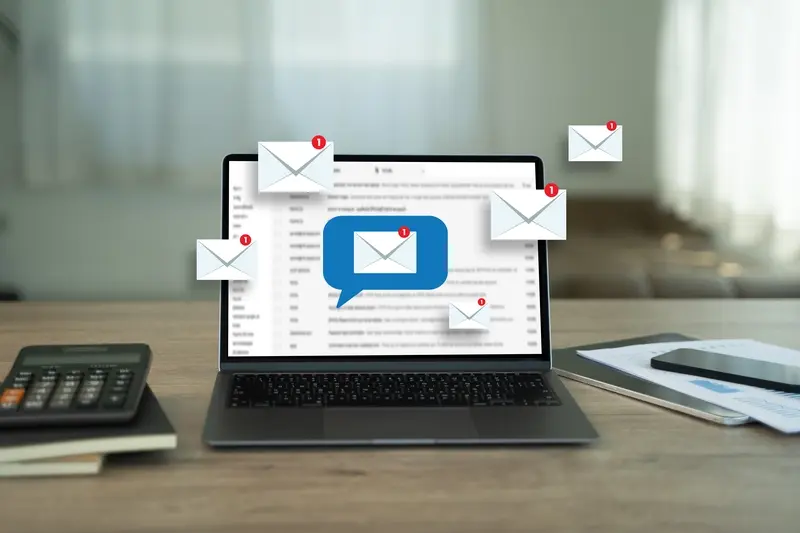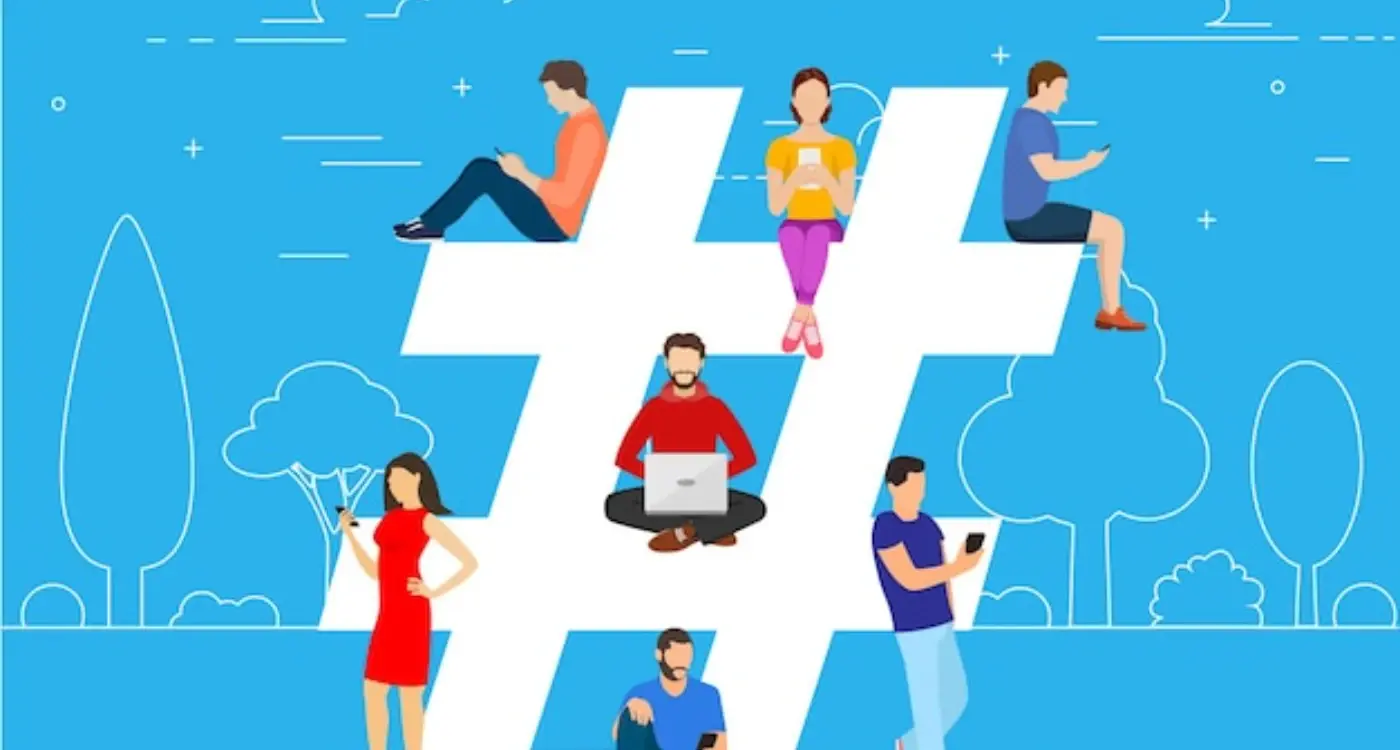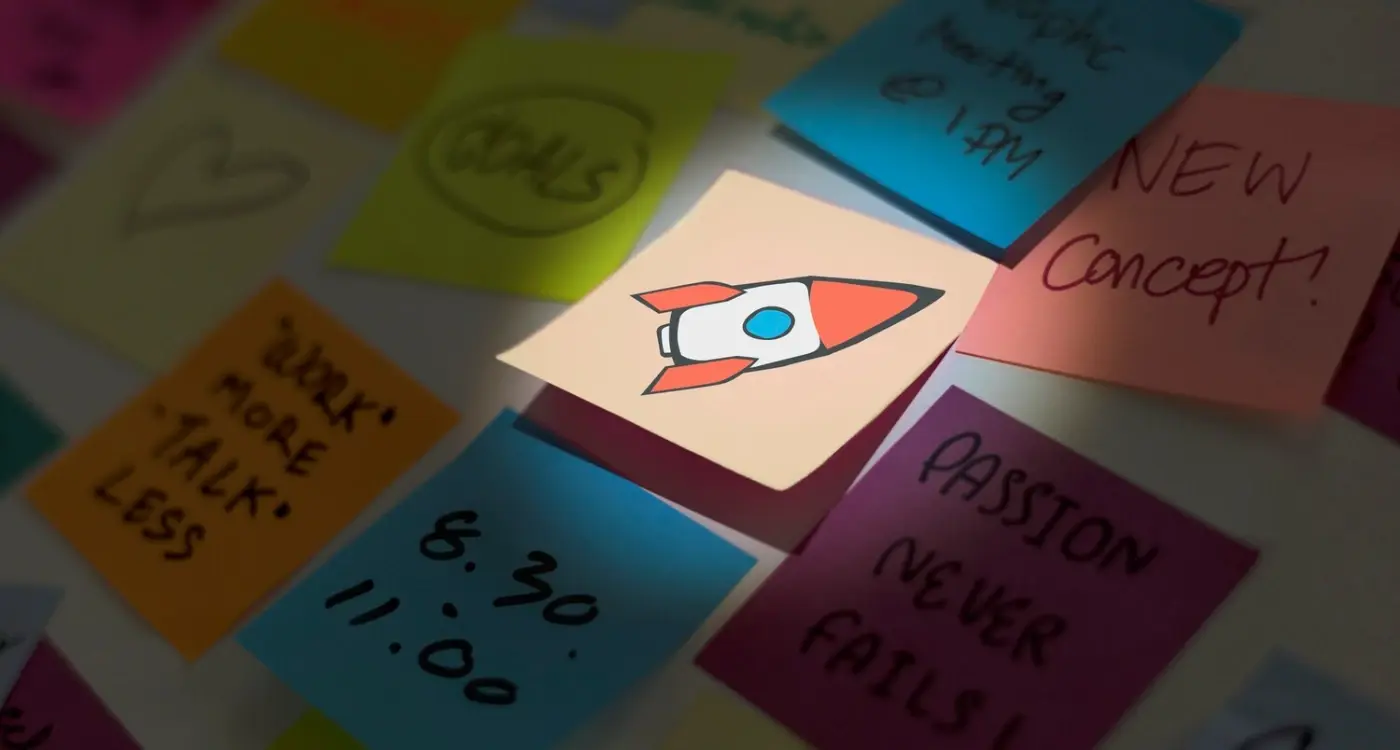How Do I Build an Email List Before My App Launches?
A property management company spent six months building what they thought would be the perfect tenant screening app. They had all the features sorted—credit checks, reference verification, rental history tracking. The whole works. When launch day arrived, they sent out a press release and waited for the downloads to pour in. Three weeks later? Forty-seven downloads. Most of them were from friends and family. Sound familiar?
This scenario plays out more often than you'd think in the mobile app world. Brilliant ideas, solid execution, but nobody knows the app exists when it hits the app stores. That's where building an email list before your app launches becomes absolutely critical—and I mean before, not after.
An email list is basically your direct line to people who've already shown interest in what you're building. These aren't random strangers scrolling through app store categories; they're potential users who've actively said "yes, I want to know more about this." When you've got a list of engaged subscribers waiting for your launch announcement, you're not starting from zero on day one.
The best time to start building your audience is yesterday, but the second best time is right now
Pre-launch marketing through email gives you something most app developers dream of—a captive audience who's genuinely interested in your solution. Instead of hoping the app store algorithms will smile upon you or that someone might stumble across your app by accident, you've got hundreds or thousands of people ready to download, try, and hopefully review your app the moment it goes live. That initial momentum can make the difference between an app that takes off and one that disappears into the digital void.
Why Building an Email List Matters for Your App
I'll be straight with you—building an email list before your app launches isn't just a nice-to-have marketing tactic. It's absolutely critical for your app's success. After years of watching apps succeed and fail, the ones that build an audience early are the ones that survive those brutal first few months in the app stores.
Think about it this way: app stores are noisy places. There are millions of apps competing for attention, and the algorithms don't care how much time and money you've spent building your masterpiece. But here's the thing—when you've got a solid email list, you're not relying on the app stores to do your marketing for you. You've got direct access to people who've already shown interest in what you're building.
The Numbers Don't Lie
From what I've seen with my clients, apps that launch with an established email list perform significantly better than those starting from zero. We're talking about:
- Higher initial download numbers that boost app store rankings
- More genuine user reviews in the first week (which is crucial for visibility)
- Better user retention because these people actually wanted your app
- Immediate feedback from real users, not just your mates and family
But honestly, it goes beyond just launch day. Your email list becomes your safety net. When app store algorithms change overnight (and trust me, they do), when iOS updates break something, or when you need to pivot your marketing strategy, you've still got that direct line to your audience. They're your people, and they'll stick with you through the ups and downs.
Plus, acquiring users through email marketing costs a fraction of what you'll pay for app store ads or social media campaigns. It's basically free marketing to people who've already raised their hand and said "yes, I'm interested."
Understanding Your Target Audience
Right, let's talk about something that sounds dead obvious but trips up more app developers than you'd think—actually knowing who you're building for. I mean, really knowing them. Not just "millennials who like fitness" or "busy parents"—that's nowhere near specific enough if you want to build an email list that actually converts.
When I'm working with clients on their pre-launch marketing, one of the first things we do is create what I call a "user persona"—basically a detailed picture of your ideal app user. And here's where it gets interesting; you need to think beyond just demographics. Sure, age and location matter, but what really matters is understanding their daily struggles, their habits, and most importantly, where they hang out online.
Think about it this way—if you're building a budgeting app, your target isn't just "people who want to save money." That's everyone! Your target might be "25-35 year olds who've just bought their first home, feel overwhelmed by mortgage payments, and spend their lunch breaks scrolling through personal finance subreddits on Reddit." See the difference? Now you know exactly where to find them and what messaging will resonate.
Create a simple survey using Google Forms or Typeform and share it in relevant Facebook groups, Reddit communities, or forums where your potential users hang out. Ask about their biggest challenges, current solutions they use, and what would make them excited about a new app.
Key Questions to Ask Yourself
- What specific problem does my app solve that existing solutions don't?
- Where does my target audience currently look for solutions to this problem?
- What social media platforms do they actually use (not just what's popular)?
- What time of day are they most likely to check their email?
- What would make them excited enough to share with friends?
Once you've nailed down these details, everything else becomes much clearer—your landing page copy, your social media strategy, even which partnerships make sense. It's like having a roadmap instead of wandering around hoping someone notices your app.
Creating a Landing Page That Converts
Right, let's talk about landing pages. I've seen so many app developers get this wrong it's honestly quite painful to watch. They spend months perfecting their app idea, then throw together a basic webpage in an afternoon and wonder why nobody's signing up.
Your landing page has one job—turn visitors into email subscribers. That's it. But here's the thing, most people overthink this and end up with pages that try to do everything; they want to explain the entire app, show off fancy animations, and basically recreate their whole business plan on one page. Don't do that.
The Headline That Hooks
Your headline needs to grab attention within three seconds—that's how long you've got before someone decides to stay or leave. I always tell clients to focus on the problem their app solves, not the app itself. Instead of "Download our productivity app," try something like "Stop forgetting important tasks" or "Never miss another deadline again." See the difference?
Below your headline, you need one or two sentences that expand on the promise. Keep it simple. A nine-year-old should understand exactly what benefit they'll get from your app.
The Sign-Up Form
Here's where I see people mess up constantly—they ask for too much information. Name and email address. That's all you need right now. Every additional field you add will reduce your conversion rate; I've seen this happen over and over with client projects.
Position your sign-up form above the fold where people can see it immediately. Use action-oriented button text like "Get Early Access" or "Join the Waitlist" instead of boring "Submit" buttons. And please, test your form on mobile—most of your traffic will come from phones anyway.
Offering Value to Attract Subscribers
Here's the thing—nobody's going to give you their email address just because you ask nicely. I mean, would you? People are protective of their inboxes these days, and honestly, they should be. The average person gets flooded with promotional emails every single day, so you need to give them something genuinely useful in return for their contact details.
The most effective approach I've seen is creating what we call a lead magnet. This could be a free resource that directly relates to the problem your app will solve. If you're building a fitness app, maybe it's a "7-Day Home Workout Plan" or "Beginner's Guide to Meal Prep". For a productivity app, it might be a template pack or a mini-course on time management. The key is making sure its valuable enough that people would actually pay for it—but you're giving it away free.
The best lead magnets solve an immediate problem while hinting at the bigger solution your app will provide
Early access is another powerful motivator that works particularly well for apps. People love feeling like they're part of an exclusive group, and offering beta access or first-look privileges can be incredibly compelling. I've seen apps build lists of thousands of subscribers just by promising early access to new features or a discounted launch price.
You know what? Sometimes the simplest approach works best. A well-written email newsletter that shares industry insights, tips, or behind-the-scenes content about your app development process can attract subscribers who are genuinely interested in what you're building. The trick is being consistent and actually providing value in every single email you send—not just talking about your upcoming app launch.
Using Social Media to Drive Sign-ups
Right, let's talk about social media—because honestly, if you're not using it to build your email list, you're missing out on one of the biggest opportunities out there. I mean, where else can you reach thousands of potential users for free? The key is knowing which platforms your future app users actually hang out on.
For most apps, you'll want to focus on Instagram and TikTok if you're targeting younger users, LinkedIn for professional apps, and Facebook for pretty much everyone else (yes, people still use it!). But here's the thing—don't spread yourself too thin. Pick one or two platforms and do them properly rather than being rubbish on five different ones.
Creating Content That Actually Works
The biggest mistake I see app builders make? They just post "sign up for our newsletter" and expect magic to happen. That's not how social media works. You need to give people a reason to care first. Share behind-the-scenes content of your app development process, post tips related to the problem your app solves, or create polls asking what features people want most.
Stories are particularly good for this—they feel more personal and you can add those "swipe up" or link stickers to drive traffic straight to your landing page. I've seen simple Instagram stories generate hundreds of email sign-ups when done right.
The Power of Social Proof
Once you start getting email subscribers, don't keep it quiet! Share milestone posts like "500 people have joined our early access list" or screenshot positive comments from your community. People want to be part of something that's already gaining momentum—it's basic human psychology, really. And when launch day comes, you'll have an army of people ready to download your app on day one.
Content Marketing for App Builders
Content marketing is where a lot of app builders get stuck—and honestly, I get it. You're building an app, not running a blog! But here's the thing; creating useful content before your app launches is one of the most effective ways to build that email list and establish yourself as someone worth listening to.
The key is to focus on the problem your app solves, not the app itself. If you're building a fitness tracking app, write about workout tips, nutrition advice, or motivation strategies. People searching for these topics are exactly who you want on your email list. They're already interested in what you're going to offer.
Start Small and Stay Consistent
You don't need to become the next big content creator overnight. I've seen clients stress themselves out trying to produce daily blog posts and videos—it's not necessary. Pick one format you're comfortable with and stick to it. Maybe that's writing one helpful blog post per week, or creating short videos answering common questions in your niche.
The magic happens when you include clear calls-to-action in your content. Every blog post should end with an invitation to join your email list for early access or exclusive updates. Every video should mention your upcoming app and where people can sign up to be notified.
Repurpose Everything
One piece of content can become many. That blog post about "5 Common Budgeting Mistakes" can become a social media carousel, an email newsletter topic, and talking points for a podcast interview. Work smarter, not harder.
Create content around the questions your potential users are already asking. Use tools like Answer The Public or just check Reddit communities in your niche—you'll find endless content ideas that your target audience actually cares about.
Partnerships and Cross-Promotion Strategies
Building partnerships before your app launches is honestly one of the smartest moves you can make—but it's also one that most developers completely overlook. I mean, why struggle to build an email list from scratch when you can tap into someone else's audience who already trusts them?
The key here is finding businesses or influencers whose audience overlaps with yours but who aren't direct competitors. If you're building a fitness app, partnering with nutrition bloggers, workout gear brands, or even meditation app creators makes perfect sense. These partnerships work because everyone benefits; you get access to their email subscribers, and they get to offer their audience something valuable.
Types of Partnerships That Actually Work
Cross-promotion doesn't just mean "hey, promote my app and I'll promote yours"—that's a bit lazy really. The best partnerships I've seen involve creating genuine value together. You could offer exclusive early access to your app for their email subscribers, create co-branded content, or even develop a mini-feature specifically for their audience.
- Guest posting on relevant blogs with email capture forms
- Podcast appearances where you can mention your upcoming app
- Joint webinars or live sessions with other app creators
- Cross-promotional email campaigns with complementary businesses
- Influencer partnerships offering exclusive beta access
The trick is to approach potential partners with a clear value proposition. Don't just ask what they can do for you; show them what's in it for them. Maybe you'll create custom content for their blog, or offer their audience a special discount when your app launches. Its about building relationships, not just collecting email addresses.
Start reaching out to potential partners early—ideally when you're still in development. This gives you time to build proper relationships rather than rushing into promotional arrangements that benefit nobody.
Managing and Nurturing Your Email List
Right, so you've got people signing up for your email list—that's brilliant! But here's where loads of app developers go wrong: they collect emails and then basically ignore them until launch day. That's like planting seeds and forgetting to water them. Your email subscribers aren't just names in a database; they're your future users, your early advocates, and honestly, they're probably more valuable than you realise.
First thing you need to sort is your email frequency. I've seen people bombard their lists with daily emails (don't do this) and others who go silent for months (equally bad). Find that sweet spot—maybe once a week or every two weeks. Keep people engaged without being annoying. And here's a tip from my years doing this: consistency beats perfection every time. It's better to send a simple update regularly than to craft the "perfect" email once in a blue moon.
What to Actually Send Your Subscribers
Your emails shouldn't just be "hey, we're still building the app!" People will unsubscribe faster than you can say mobile marketing. Instead, share behind-the-scenes content, development updates with screenshots, maybe a sneak peek of a new feature you're working on. One client I worked with shared their biggest development challenges each week—people loved the honesty and felt like they were part of the journey.
The best email lists feel like a conversation with a friend who happens to be building something interesting, not a marketing machine trying to sell you something
Keep track of your open rates and click rates too. If people aren't engaging, change something. Maybe your subject lines are boring, or your content isn't hitting the mark. The data will tell you what's working and what isn't—listen to it.
Building an email list before your app launches isn't just marketing fluff—it's genuinely one of the smartest things you can do as an app developer. I've seen apps with decent functionality fail because nobody knew they existed, whilst others with average features succeed because they had an audience waiting for them on day one.
The beauty of pre-launch email marketing is that it costs almost nothing but time and effort. You don't need a massive budget or fancy tools; you need to understand your audience and give them something they actually want. Whether that's exclusive updates, early access, or just solving a problem they're facing right now—value always wins.
Here's what I've learned after years of launching apps: the size of your list matters less than the quality of your subscribers. A thousand people who are genuinely excited about what you're building will always beat ten thousand who signed up for a freebie they'll never use. Focus on attracting the right people, not just more people.
Remember, your email list becomes your safety net. App store algorithms change, social media platforms come and go, but your email list? That's yours. You control it completely. When you hit a rough patch with user acquisition costs or when your organic reach drops overnight, those email subscribers become your lifeline back to profitability.
Start building today, even if you're months away from launch. Your future self will thank you when you've got hundreds or thousands of people ready to download, review, and share your app the moment it goes live. Trust me on this one—it makes all the difference.
Share this
Subscribe To Our Learning Centre
You May Also Like
These Related Guides

How Do I Build An Email List Before My App Launches?

How Do You Build a Social Media Following Before Your App Launch?



